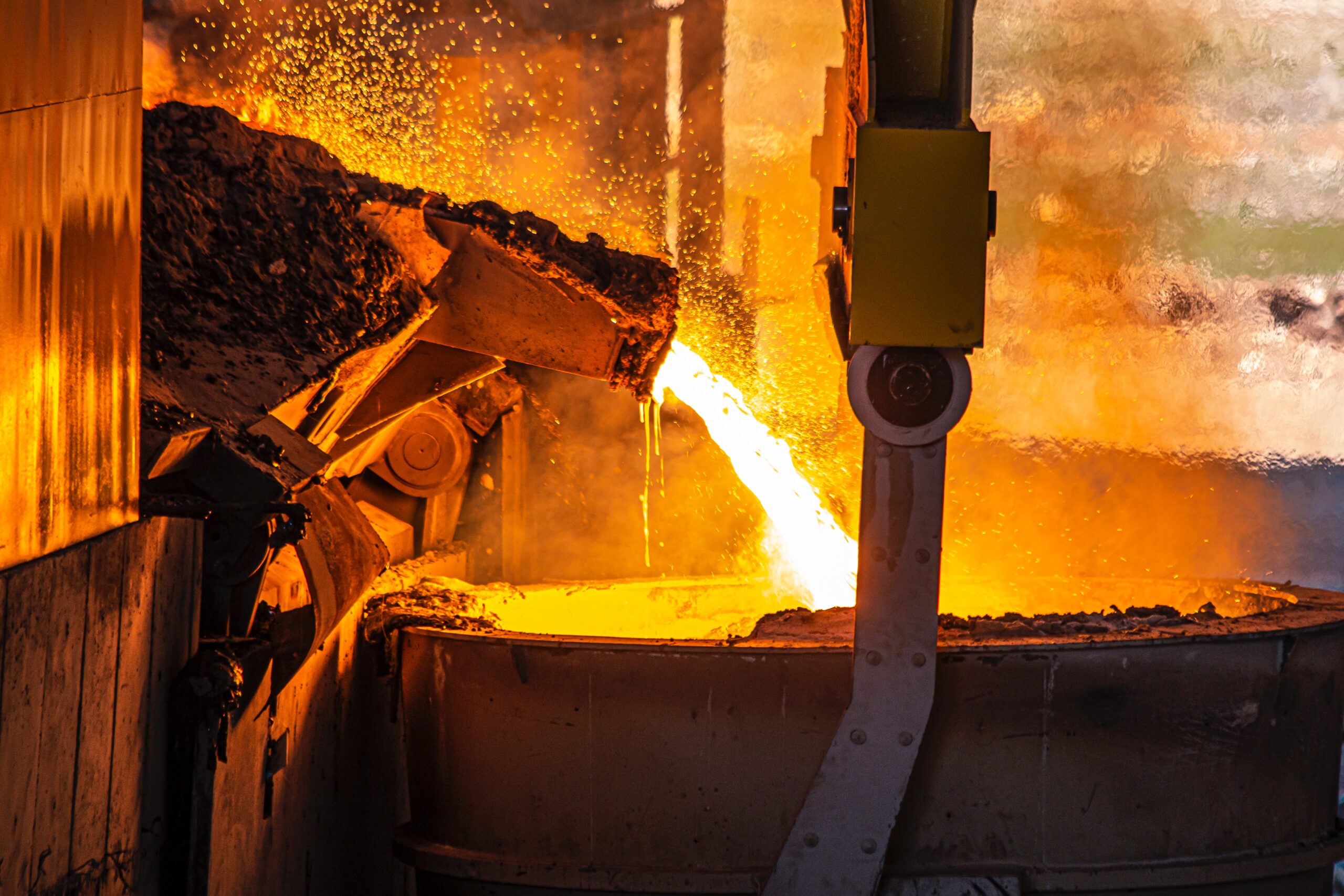While the efforts to reduce carbon emissions can take various forms, the fact remains that they all boil down to the creative use of electricity. That means it’s all about identifying processes that use fossil fuels and replacing them with clean options. That seems easy on paper, but can be a little difficult in a real-life situation. Well, for simple combustion processes such as those of a car, it is pretty simple and that’s why the question of electric vehicles is slowly taking shape. However, for heavy-duty industrial processes that need a lot of energy, the process is not without challenges.
Now, there has been a debate on whether the use of green H2 to power industrial steel production is viable or not. Some argue that it is expensive, while others say that with some creativity in the use of electricity, green H2 can be used to power such a process. Interestingly, the major challenge is that the use of electricity in such a process makes the whole thing a little bit expensive. So, one solution that has been proposed and is under consideration in many industrial processes that produce steel is a somehow indirect approach. That is, using electricity to produce green hydrogen and then the green hydrogen that is produced is used to power the steel making process.
Already, there is a project specifically in Sweden that is producing steel without emitting carbon into the atmosphere in the process. The project is a joint investment between two companies namely, the iron ore miner, LKAB and the renowned Swedish steelmaker SSAB, energy company Vattenfall. Their breakthrough despite their steel production being in small amounts is considered as a major step forward in the plans to decarbonize the steel production processes in industries. However, there are major hurdles that could impede the project from making big strides towards the realization of zero% carbon emissions.
Notably, the steel industry is responsible for a significant amount of greenhouse gases emitted. It is estimated that the amount of carbon from the industry is equal to the emissions that vehicles emit annually on the road. Now, here is where the problem is with the steel industry. The steel that it produces is used to manufacture cars and that makes it a challenge everywhere and especially when it comes to matters climate change. But that’s not all! Steel is arguably everywhere, including buildings and other structures around us.
Interestingly, some options have been identified as possible ways of overcoming the challenges associated with the decarbonisation of steel production. A study carried out in Columbia and is already published, recommends several strategies for decarbonizing steel. The major one is to stop the burning of coal and fossil fuels in the furnace and hydrogen have already been identified as the best source of power in the furnace. A number of projects specifically in Europe are using this method. Other leading steel producers in the world, including China, are also considering using this process to decarbonize steel production in their industries.
In conclusion, the idea of green steel is taking shape. Given the number of projects that have successfully demonstrated that there exists a potential, there is no doubt that this could be viable soon if more related technologies are found to help solve the challenges. So, once there are effective and efficient ways to cut emissions in furnaces used to process steel, the problem of huge carbon emissions from steelmaking industries will be half-solved. Thankfully, there are indicators of success that might soon boost the efforts to make green steel a reality.



